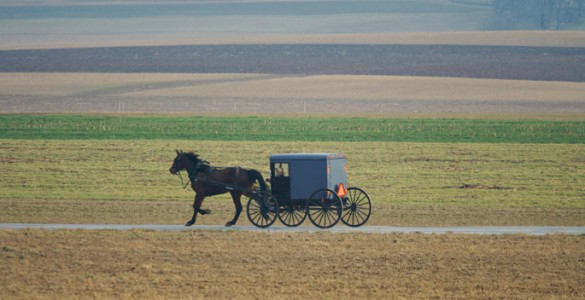A combination of genetic and environmental factors contributes to the risk for late-onset Alzheimer disease (LOAD), a neurodegenerative disorder that causes the majority of dementia cases in the elderly. Recent genome-wide association studies have identified multiple genes that increase susceptibility for LOAD, but these still explain less than 50 percent of the genetic risk.

To search for additional LOAD risk genes, Anna Cummings, Jonathan Haines, Ph.D., the Louise B. McGavock Professor of Molecular Physiology and Biophysics, and colleagues conducted genetic studies of Amish populations in Ohio and Indiana. These populations are valuable for genetic research because they were established by a small number of “founders” and individuals usually marry within the group, which reduces genetic heterogeneity.
In the September Annals of Human Genetics, the investigators report a novel candidate LOAD susceptibility gene – catenin alpha 2, which is known to function in the developing brain – and three additional genomic regions that may confer increased risk for LOAD. The findings support using isolated populations to identify novel risk genes for complex disorders.
This research was supported by grants from the National Institute on Aging (AG019085, AG019726) of the National Institutes of Health.















